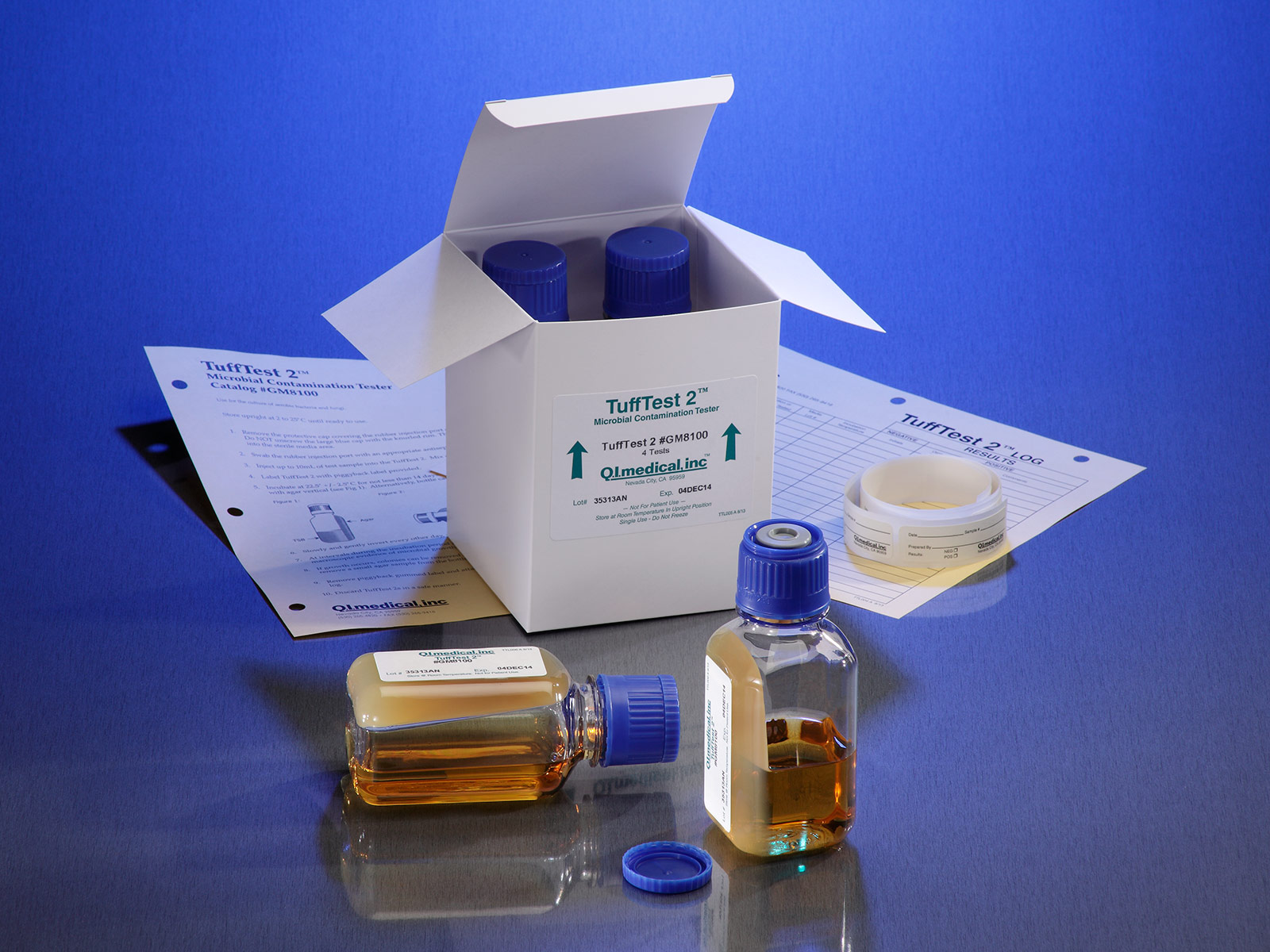
Soy Broth (TSB) with the addition of Lecithin and Polysorbate 80. 2.5 grams (0.088 oz) of dipotassium phosphate (K 2HPO 4) The composition of this medium corresponds to the classical Tryptic.5 grams (0.18 oz) of Sodium Chloride ( NaCl).3 grams (0.11 oz) of Phytone peptone (Soytone).17 grams (0.60 oz) of Trypticase peptone ( Tryptone).The solution is then autoclaved for 15 minutes at 121 ☌ (250 ☏). Adjustments to pH should be made using 1N HCl or 1N NaOH to reach a final target pH of 7.3 ± 0.2 at 25 ☌ (77 ☏). Place the bottle on a magnetic stirrer to mix. To prepare 1 liter of TSB, the following ingredients are dissolved under gentle heat. Weight 3 gm of Tryptic soy broth (TSB) powder and dissolve in 100 ml distilled water. TSB is frequently used in commercial diagnostics in conjunction with the additive sodium thioglycolate which promotes growth of anaerobes. One of the components of Tryptic soy broth is Phytone Archived at the Wayback Machine, which is an enzymatic digest of soybean meal. Its agar counterpart is tryptic soy agar (TSA). It is a complex, general purpose medium that is routinely used to grow certain pathogenic bacteria, which tend to have high nutritional requirements (i.e., they are fastidious). Tryptic soy broth or Trypticase soy broth (frequently abbreviated as TSB) is used in microbiology laboratories as a culture broth to grow aerobic bacteria. JSTOR ( April 2015) ( Learn how and when to remove this template message).Unsourced material may be challenged and removed.įind sources: "Tryptic soy broth" – news Please help improve this article by adding citations to reliable sources. ).This article needs additional citations for verification. CM (Complete medium) DNA (Difco Nutrient Agar) DNB (Difco Nutrient Broth) SNA (Soft Nutrient Agar) Emerson medium. I would love to collaborate on studies regarding online aggressive behavior (e.g., longitudinal studies, cross-sectional studies, experimental studies, qualitative studies. Sara teaches courses within the track BDM (Business Communication and Digital Media). The results of her research are also communicated to the wider audiences by means of articles in non-academic journals, presentations to non-academic audiences such as teachers and practitioners, and press releases/interviews. The results of her research are published in International Journals, such as “New Media & Society”, "Computers in Human Behavior", "Journal of Youth and Adolescence", "Personality and Individual Differences", and "The Journal of Early Adolescence". Partition the liquid into 250 mL Erlenmeyer baffled flasks (glass or plastic), adding. Her research on profiles of cyberbullying perpetrators, long-term consequences of cyberbullying victimization, and hate speech has been funded by the Research Foundation Flanders (FWO), the Research Council of the University of Antwerp (BOF) and the European Commission (Marie Sklodowska-Curie Actions Erasmus+). Prepare liquid culture media by following appropriate recipe (TSB, R2YE or. She is involved in research projects on influencers and influencer marketing. Besides online aggression, Sara is also interested in online persuasive communication.


She is currently also involved in research projects aimed at developing and testing technological intervention and prevention tools. Currently she is looking at long-term consequences of cyberbullying victimization during childhood and adolescence. Since 2011, she conducts research on different forms of online aggression, such as cyberbullying. The title of her PhD is 'A developmental perspective on personal and situational predictors and outcomes of adolescent cyberbullying perpetration: A longitudinal examination'. Solid Medium Solid culture media contain agar at a concentration of 1.5-2.0 or some other primarily inert solidifying agent. The percentage of agar used determines the consistency of the medium.

Prior to joining Tilburg University, she worked as an Assistant Professor at the Department of Communication Sciences, Faculty of Social Sciences, University of Antwerp, where she completed her PhD. Based on Consistency Culture media are divided into three types solid medium, semi-solid medium, and liquid medium, based on consistency. Sara Pabian (PhD, 2015) is an Assistant Professor at the Department of Communication and Cognition.


 0 kommentar(er)
0 kommentar(er)
